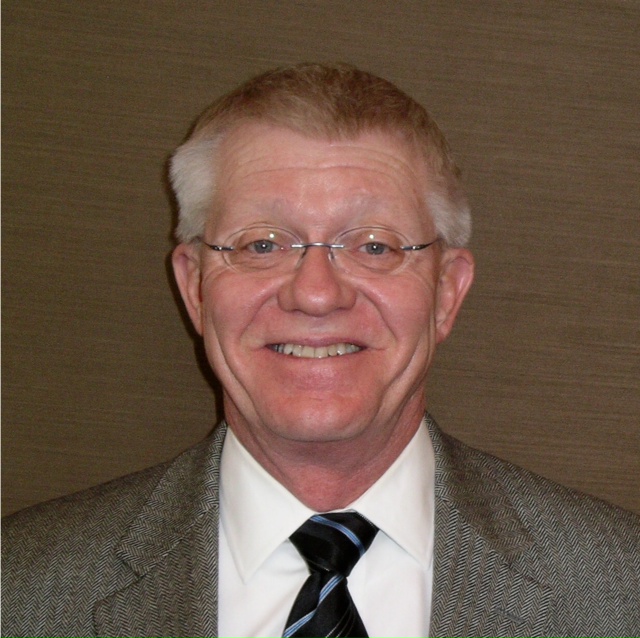 It has been a good spring for juvenile justice in Illinois. In a year of great fiscal challenge, the General Assembly approved Gov. Pat Quinn’s proposal to double funding for Redeploy Illinois, a successful program helping teens get services in their communities instead of behind sent away to distant prisons. Legislators also passed a bill to customize Redeploy programs for Cook County neighborhoods and bring the diversion program to the state’s largest county for the first time.
It has been a good spring for juvenile justice in Illinois. In a year of great fiscal challenge, the General Assembly approved Gov. Pat Quinn’s proposal to double funding for Redeploy Illinois, a successful program helping teens get services in their communities instead of behind sent away to distant prisons. Legislators also passed a bill to customize Redeploy programs for Cook County neighborhoods and bring the diversion program to the state’s largest county for the first time.
In addition, lawmakers approved a bill raising the age of juvenile court jurisdiction to 17 for young people charged with felonies. That was a huge victory propelled by the Illinois Juvenile Justice Commission’s well-researched report (“Raise the Age; Don’t Split the Difference”) and accomplished by the Juvenile Justice Initiative’s effort to create the largest advocacy collaboration in the state’s juvenile justice history. Those legislative moves forward were buttressed by an Illinois Supreme Court rule change, which was championed by the Illinois State Bar Association, giving priority to appeals of delinquency proceedings.
Discussing all of that progress would be enough for this opinion column and a few more, but this one is devoted to a reform not yet completed – widespread adoption of restorative justice practices.
John Lash and Judge Steven Teske have often and expertly discussed on these pages how restorative justice is a natural fit for juveniles in conflict with the law, and I’ve delved into the topic, too. In a conversation with Sally Wolf, the executive director of the Illinois Balanced and Restorative Justice (IBARJ) project, I noted the “good press” that restorative justice has received recently. I see RJ as woven throughout the Illinois reforms passed by the Legislature, as well as the drop in juvenile crime.
“What more is there to add,” I asked Sally. But she quickly replied: “No, we’re not there yet – we haven’t reached the tipping point.”
I challenged her and noted that Cook Circuit Court Judge Sophia Hall and her assistant Peter Newman, who is active in IBARJ efforts, host meetings where more than a dozen Chicago judges come together to discuss their practices in adult criminal court with sentencing circles; housing court where landlords and tenants use RJ to settle their differences; and women’s court where prostitutes are treated as victims. Juvenile court judges use restorative practices and refer kids out to great practitioners like Cheryl Graves and Ora Schub at the Community Justice for Youth Institute. IBARJ’s own Stone Soup project in Chicago’s south suburbs is creating community by opening communication among traditional residents and the influx of city dwellers forced out by the destruction of public housing and gentrification. The Chicago BARJ Week attracts more than 100 city practitioners. In southern Illinois, Safe Schools Coordinators Priss Parmenter of Mt. Carmel and Sandy Crawford of Alton use circles to complement Positive Behavioral Interventions and Supports and reduce school conflict.
“I can name dozens of examples of restorative practice in Illinois,” I told Sally. “Why haven’t we reached the tipping point?”
Sally said, “Think about it.”
So I did. My thoughts turned to the never-ending discussions about whether restorative justice belongs in the community or the juvenile justice system.
I suspect those working to reform juvenile justice in other states can tell a similar story. Like Illinois, perhaps restorative approaches aren't yet as tightly woven into the fabric of your state's juvenile justice system as it could be. Like Illinois, I suspect many other states haven't yet reached that "tipping point."
My career in the justice system leads me to believe that court stakeholders need to think more deeply about our roles. I think the system folks ignore that court is a rule and role based approach, which sometimes blinds us to the realities of who actually makes change in the lives of victims and offenders. Judges file papers and have hearings and issue orders, but it is really others who do the work – probation staff, social workers mental health professionals and others with the skill, patience and will to get very personal with offenders and victims.
Those in charge of the courtroom need to learn to trust those restorative practitioners in the community – some of whom have been through the court process themselves. It is difficult to abandon our silos and surrender to the talents of others. When we do, we will reach the tipping point. The court and the community together can repair harm to victims, increase public safety and improve the outcomes of kids in the juvenile justice system.
